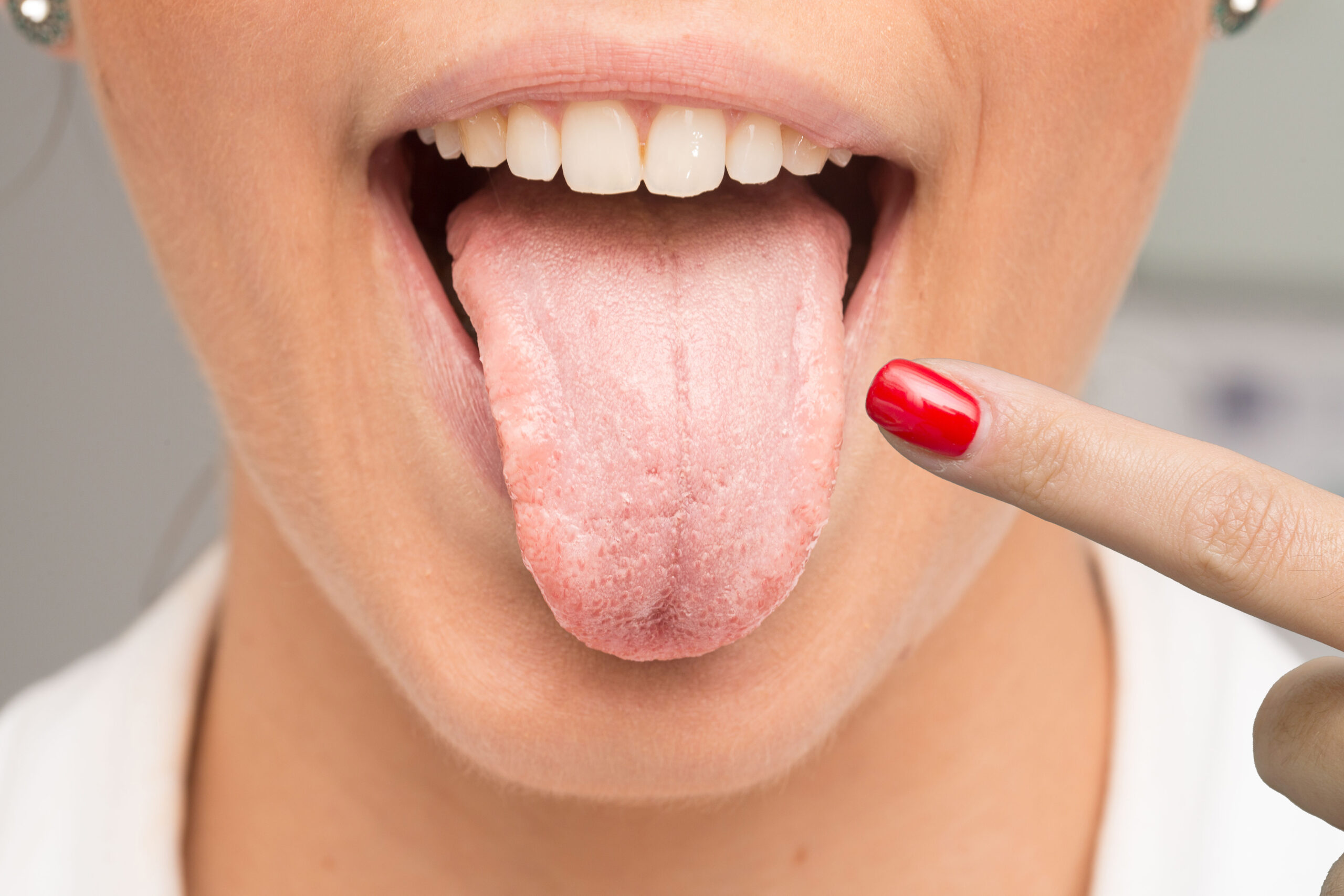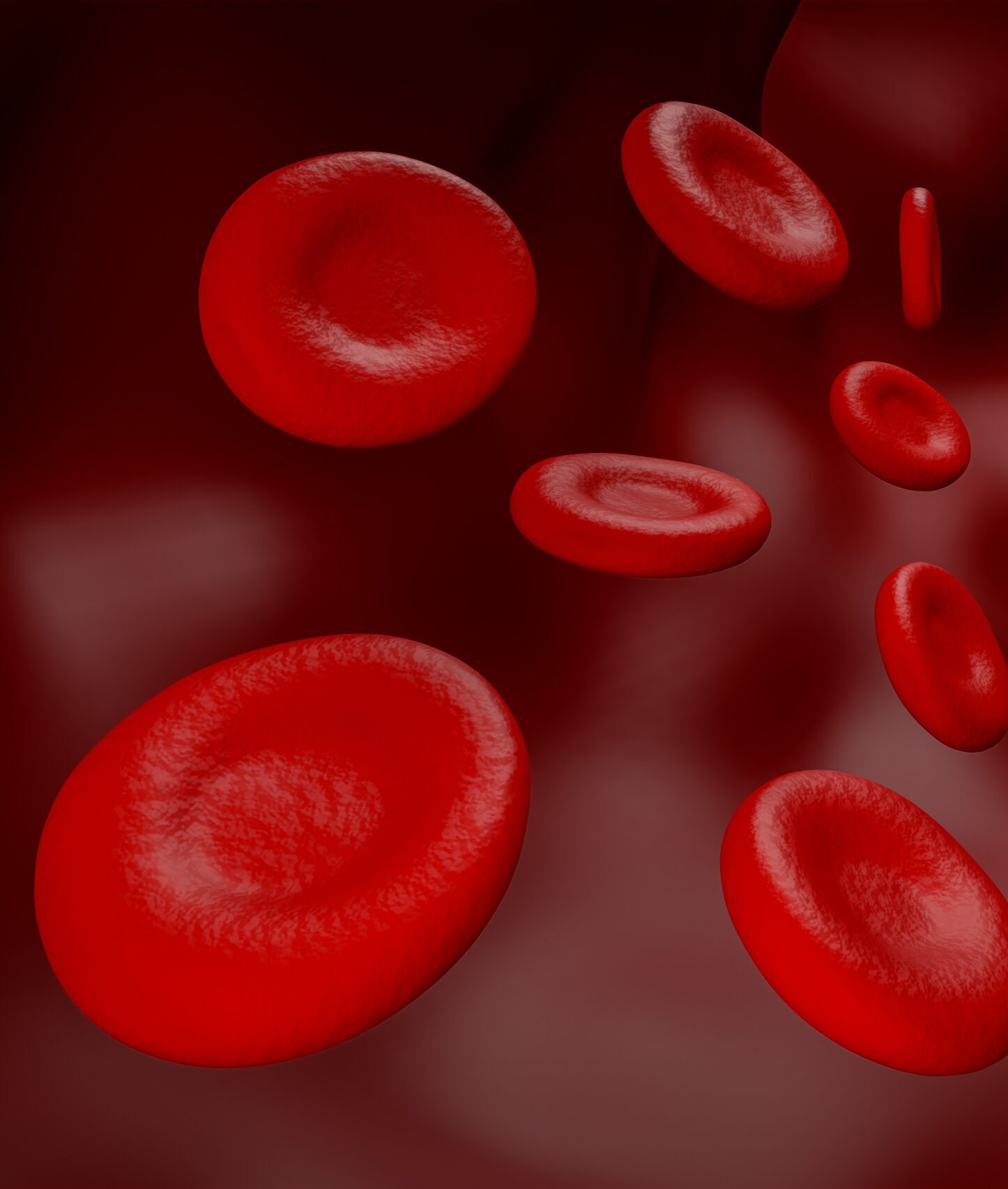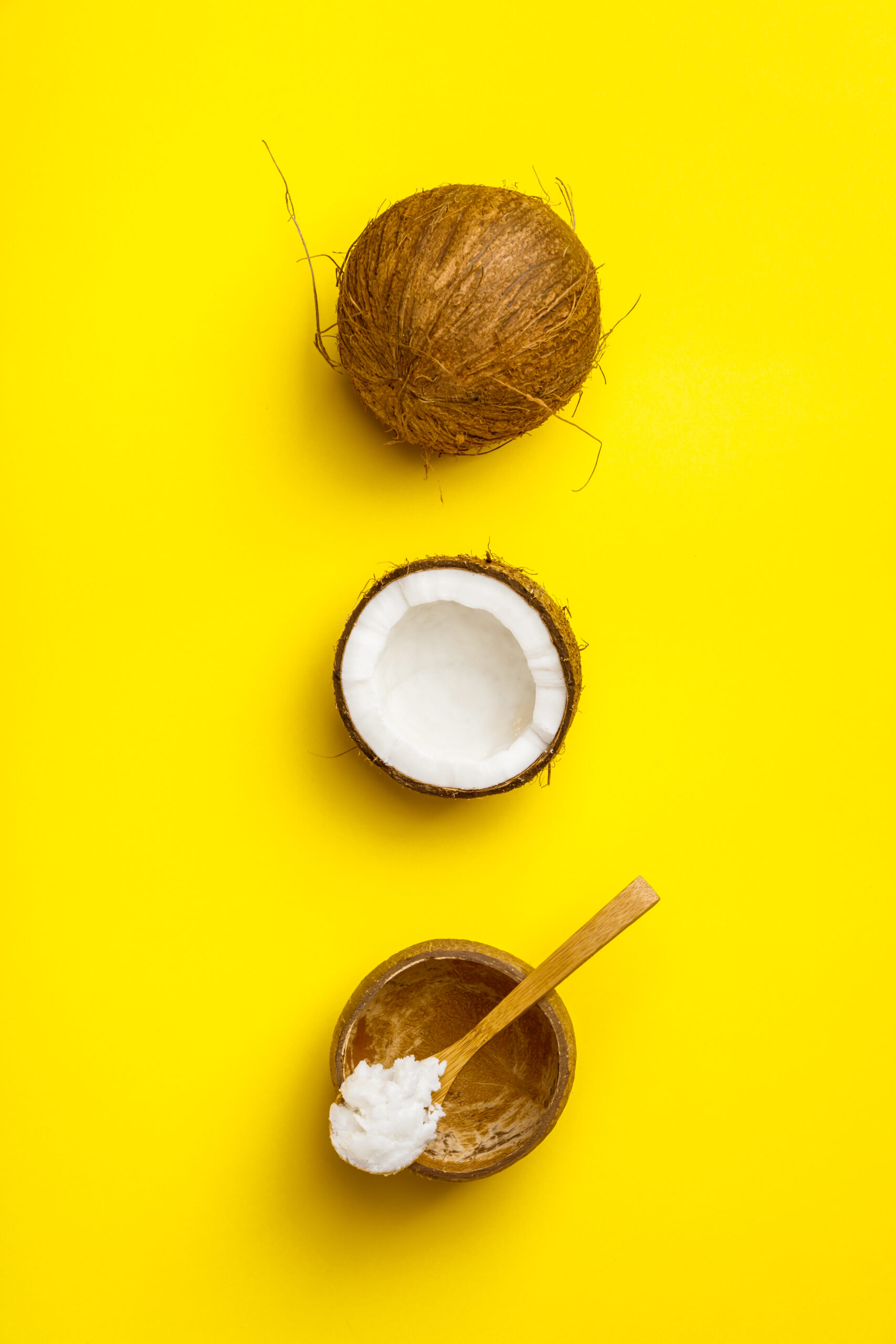Candida & Fungal Overgrowth
Candida infection rates are lower than they have been in over a decade. However, these potentially life-threatening infections have not disappeared entirely, especially in the 65+ age group.
A type of fungal overgrowth, candida is most common where this yeast grows naturally. These areas include the mouth, throat, gut and vagina. Candida infections can lead to painful symptoms and, in some cases, may be fatal.

How We Help
Candida infections are caused by fungi that normally live on the skin, inside the gut microbiome, and in other locations throughout the body. When these yeasts multiply out of control, they can lead to infections like thrush.
Are you dealing with recurring candida infections that traditional antifungals can’t help? At Revolution Gut Health, we take a more comprehensive approach to improving conditions like candida.
Schedule a health consultation to learn more about our rebalancing services and get to the root of candidiasis.
Implementing certain diets and supplements
Antifungal drugs
Hydration and rest
Regular exercise to strengthen the immune system
Disclaimer: The health information on this site is provided for general informational and education purposes only and is not a substitute for professional advice. Accordingly, before taking any actions based upon such information, we encourage you to consult with the appropriate professionals. The use or reliance of any information contained on this site is solely at your own discretion. Revolution Gut Health does not claim to heal, treat or cure any of the conditions mentioned.
Candida is the name for both the infection and the genus of yeasts that cause it. The word comes from the ancient Latin candidatus, a Roman word for candidates of public offices. The word roughly translates to: to dress in white.
The name may refer to the appearance of visible candida infections. For example, a symptom of thrush, a type of infection candida can cause, is a white film on the tongue and/or throat.
Another reason for the name could have to do with how some candida species look under a microscope. These fungi switch from opaque to a white color due to mating and other activities.
What Are the Types of Candida?
The types of candida infections, also known as candidiasis, are vaginal candidiasis, invasive candidiases, and candida of the mouth, throat, and esophagus. This fungal infection can also impact the bloodstream and certain internal organs.
Many people do not know that candida fungi naturally live in and on the human body. They are commonly found on the skin and inside the mouth, throat, and vagina. Candida are also part of the gut microbiome.
At normal levels, some species of candida fungi are beneficial. Other species or even ‘good’ species whose populations grow out of control can lead to infections. These infections may, in some cases, become deadly.
Vaginal Candidiasis
Vaginal yeast infections impact 75% of women at some point in their lifetime. As mentioned, candida yeasts naturally live in the vagina and can be beneficial. However, if the fungi grow out of control, they can cause a yeast infection.
In this case, candida species grow out of control because of a change in vaginal conditions. PH levels, for instance, are highly regulated but may shift in the presence of certain hormones or medications.
People with immune system conditions may also be more prone to vaginal yeast infections. Specifically, people with HIV infections, those who take steroids, and those undergoing chemotherapy are at a higher risk.


Candida of the Mouth, Throat, and Esophagus
Candida infections in the mouth and throat are also known as thrush. Candida Fungi normally live inside the mouth and throat, and, when these yeasts multiply, they lead to symptoms of thrush.
Esophageal candidiasis is the name for candida infections affecting the esophagus. People with HIV/AIDS are known to develop this type of candidiasis.
The risk for both of these types of infections is higher among certain groups. This includes newborns, people who wear dentures, individuals with certain health conditions (e.g., cancer and diabetes), and those who smoke.
Invasive Candidiasis
Invasive candida infections do not stay in one part of the body, like vaginal yeast infections and thrush. Instead, these infections spread through the bloodstream to different parts of the body, such as:
- The heart
- The brain
- The eyes
- The bones
Bloodstream infections from candida species are also known as candidemia. Candidemia commonly happens to at-risk patients who spend time in the hospital. This form of candidiasis can be deadly.

Have A Question?
Contact our team for a FREE discovery call.
Not accepting new patients at this time
The 5 Common Species of Candida
90% of candida infections come from one of five species listed below. Of these, Candida albicans is the most common.
C. albicans
Candida albicans comprise over 65% of cases of candidiasis. We also know the most about this species. That’s thanks to dozens of studies on its structure, function, and disease development pathway.
This candida species causes common conditions like thrush and vaginal yeast infections. It is also responsible for invasive blood, bones, brain, and heart candidiasis.
C. parapsilosi
Candida parapsilosis makes up 6% of candidiasis infections. Newborn babies are particularly at risk for this type of candida. Treating infections from C. parapsilosis is challenging as this type can resist typical candida drugs.
C. tropicalis
Candida tropicalis has an incidence of 7.2%, meaning it is responsible for around seven percent of candidiasis cases. This species of candida can commonly be seen in intensive care units (ICUs) and in patients with lower levels of certain white blood cells.
C. glabrata
Candida glabrata is an increasingly common cause of candidiasis today, with an incidence rate of more than 11%. People with immunosuppressive disorders like HIV/AIDS and patients undergoing chemotherapy for cancer are at particularly high risk for infection from C. glabrata. It is also more prevalent in older adults.
C. krusei
Candida krusei is the least prevalent of these five common candida species, making up only 2.4% of candidiasis infections. Not too much is known about this species because it is relatively understudied. However, research into this species is crucial because of its resistance to typical antifungals for candida.
Fungal Overgrowth Symptoms
When candida fungi overgrowth happens, people experience certain symptoms of infection. Candida symptoms vary depending on where the infection occurs. However, in general, the following may be signs of candidiasis:
- Fatigue
- Digestive issues like constipation or diarrhea
- Itchy skin
- Rashes
- Joint pain
Each type of candida infection also comes with its own symptoms.
Vaginal Candidiasis Symptoms
Symptoms of vaginal candidiasis exclusively affect the vagina. The symptoms are often mild and may include:
- Vaginal itching
- Vaginal soreness
- Pain during sex
- Pain while urinating
- Abnormal vaginal discharge
In severe cases, some women experience redness and swelling. While all yeast infections require a visit to the doctor, severe symptoms like these should be reason for extra concern.
Not all vaginal yeast infections are caused by candida fungi. Some come about due to bacteria instead. A doctor can order a lab test to determine the cause of the infection and the best treatment plan.
Thrush Symptoms
Thrush infections affect the mouth and throat. They may also spread to the esophagus (more on this in a moment). Symptoms of thrush in the mouth and throat include:
- White film on the tongue, throat, roof of the mouth, and/or inner cheeks
- Redness in the mouth or throat
- Soreness in the mouth or throat
- Pain while eating
- Pain while swallowing
- Loss of taste
- Cracked, red corners of the mouth
In some cases, thrush can spread to the esophagus. Signs that thrush has spread from the mouth to the esophagus include pain and difficulty swallowing.
Invasive Candidiasis Symptoms
Detecting invasive candidiasis symptoms is challenging. Most people who develop this infection are sick already. Experts believe some signs to watch for are fever and chills, especially if they do not respond to antibiotics.
Managing and Treating Candida
Candida infection treatments differ depending on whether acute, recurring, or treatment-resistant.
People with acute and treatment-resistant infections, whether acute or chronic, may benefit from certain diets and supplements. Recurring infections require an understanding of the underlying cause before prescribing treatment.
Individuals’ experience with Candida Overgrowth can vary, so treatment should be tailored to individual needs.
Antifungal Drugs
With recurring candidiasis, antifungal drugs are often the first line of defence. The most commonly used antifungals for candidiasis depend on the location but may include nystatin, clotrimazole, amphotericin B, miconazole, econazole, and fluconazole.
Hydration & Rest
Hydration and rest are essential for managing Candida Overgrowth. Hydration promotes overall health and aids in the elimination of toxins from the body. Adequate sleep is essential for immune function.
Physical Activity
Physical activity is crucial in the management of Candida Overgrowth. Regular exercise strengthens the immune system and promotes gut health.
Dietary Changes & Supplement Use
People with acute candida infections or treatment-resistant recurring infections may benefit more from dietary changes and supplement use.
Candida Detox
Studies have found that some foods encourage candida fungus overgrowth while others protect against candidiasis. Added sugars, refined grains, dairy products, processed animal products, and alcohol are foods to avoid.
Other foods may be beneficial for someone trying to reduce candida fungi levels. There is more evidence for the following ingredients:
- Garlic
- Oregnano
- Pau d’arco
- Grapefruit seed extract
- Berberine
- Caprylic Acid
- Coconut oil
- Curcumin (the active ingredient in turmeric)
- Xylitol
- Aloe vera
- Pomegranate
- Fermented foods and drinks like kombucha
Certain supplements can also be beneficial during a candida detox. For example, probiotics and fiber supplements are common recommendations. Molybdenum, vitamin C, milk thistle, bentonite clay, and Swedish bitters are also beneficial detox supplements.

Additional Resources
SIBO vs Candida: The Differences Explained
Experiencing bloating, diarrhea, constipation, and stomach pain? Dozens of health conditions cause these symptoms, making it difficult to determine how to treat them at their source. Most treatments for these digestive complaints only address the...
Unlock a healthier you today!
Take the first step towards a happier, healthier life with our FREE discovery call.
Not accepting new patients at this time
